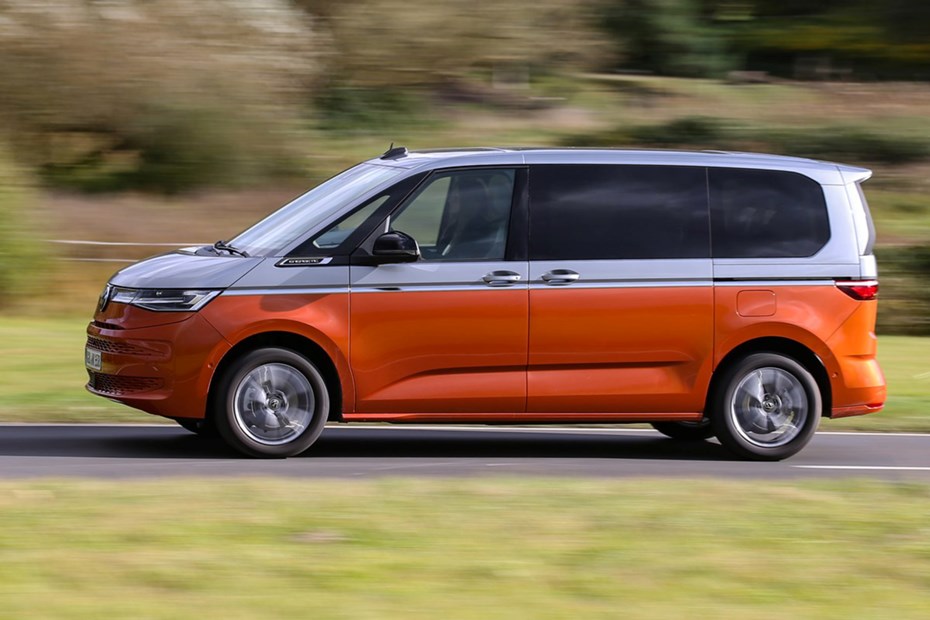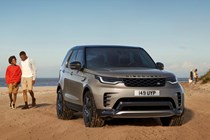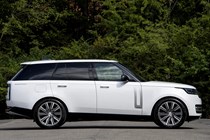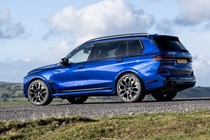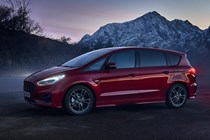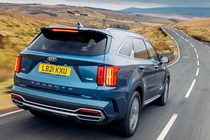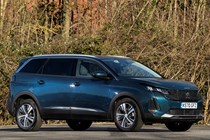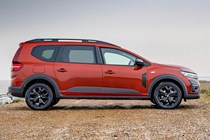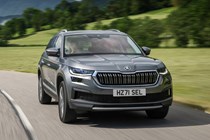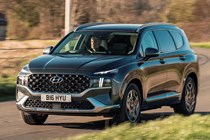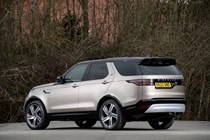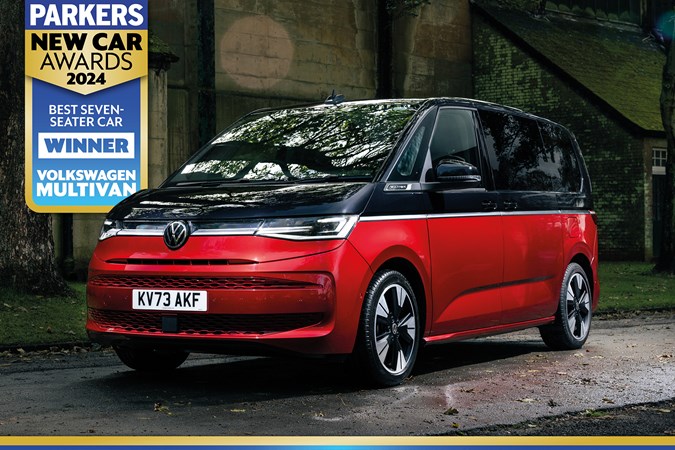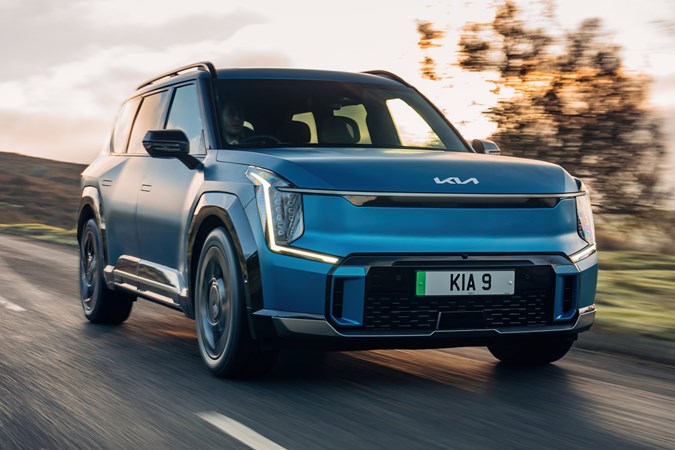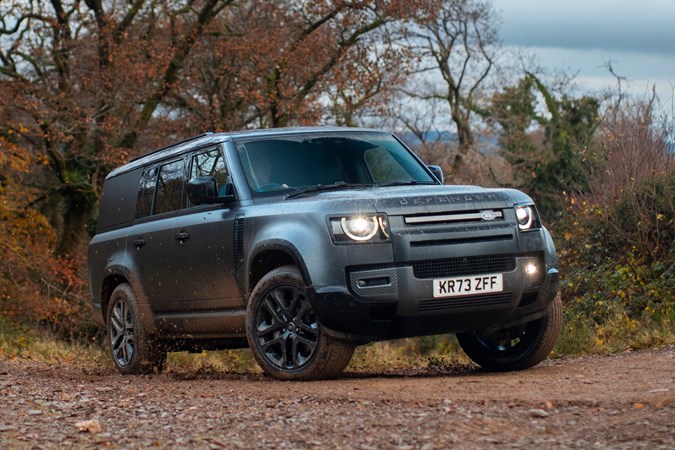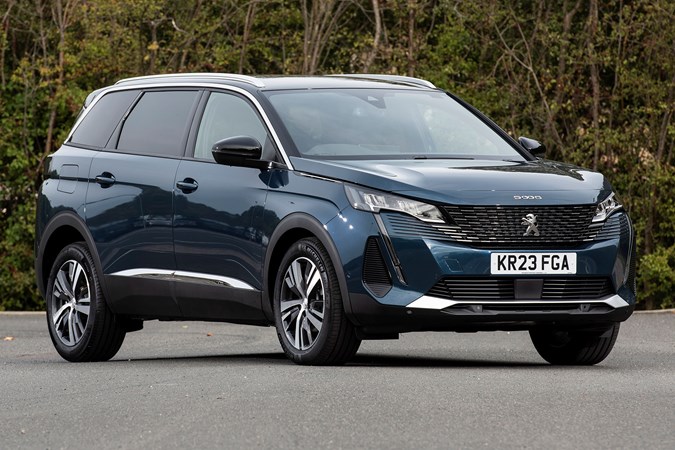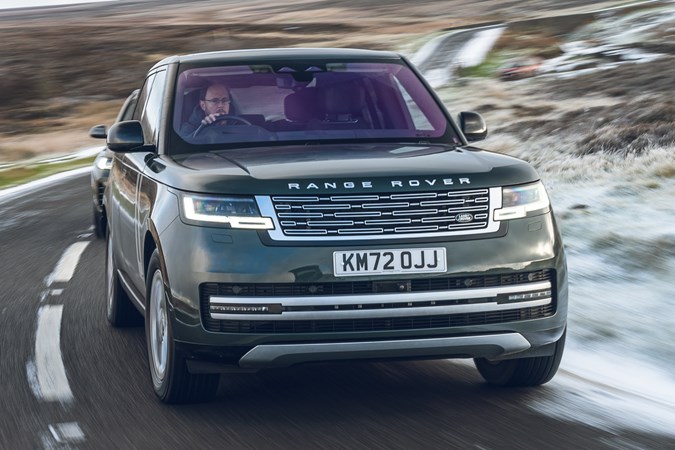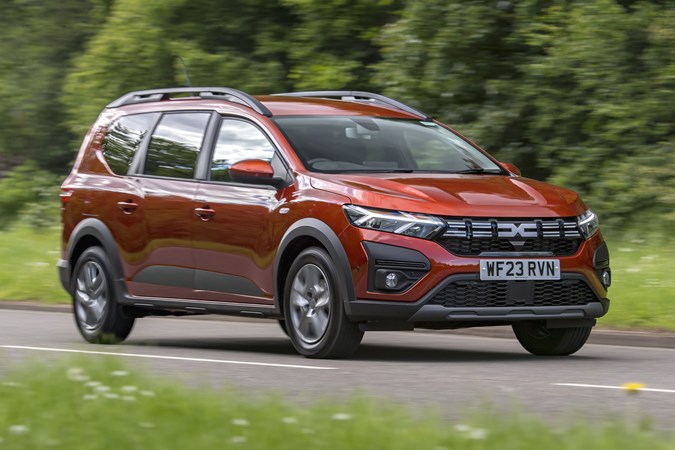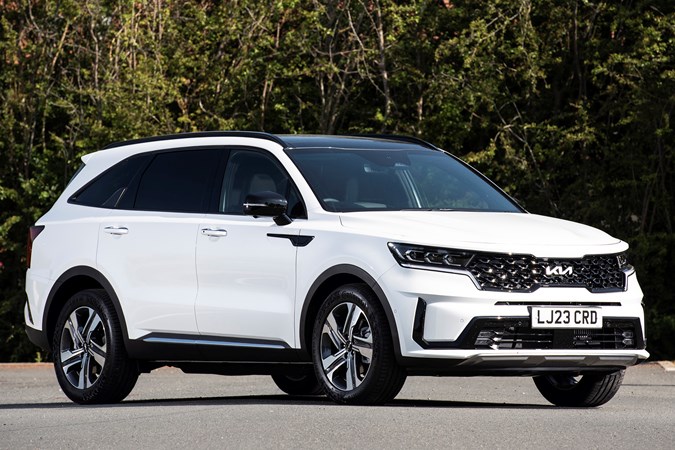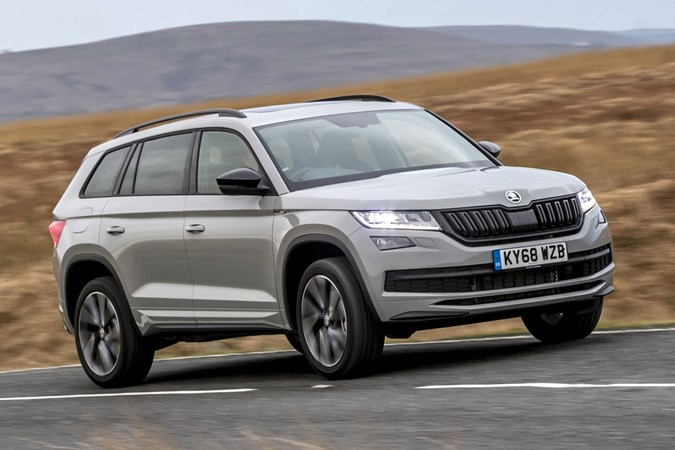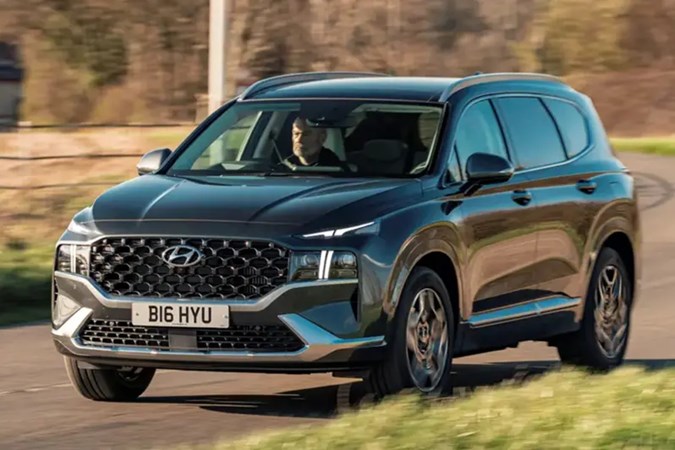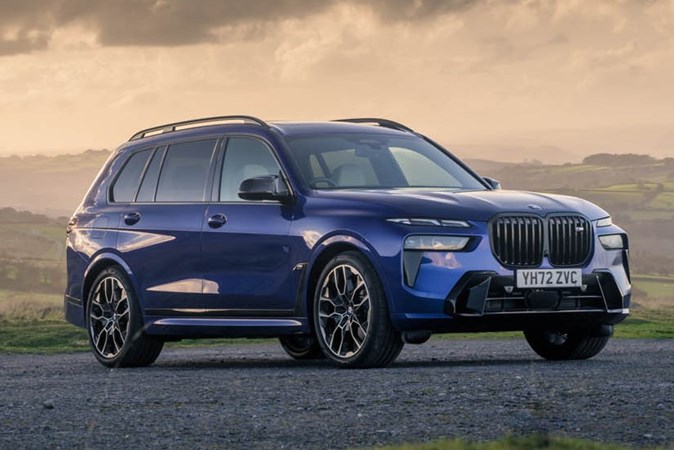There are times when squeezing a large family into a chunky five-seater no longer works. Leaving luggage, or children, at home will most likely get you a telling off, which probably explains why cavernous seven-seaters are a popular motoring choice and among some of the best cars you can buy.
A seven-seater not only offers you more flexibility in terms of places to sit, but brings with it lots of space for your family’s gear and nick-nacks. Especially when you fold those rear two seats into the boot.
Today the once-popular standalone MPV is said to be on its way out, despite various recent van-based models fighting a rearguard action to reinvent the genre. And yet, for someone looking for the best transportation for very large families, these are still the best option, often having the largest boot, more flexible seating, and a smaller footprint on the road.
Here is our pick of the best of the breed, and although SUVs dominate it, MPVs still clearly stack up.
The best seven-seater cars for 2024
The best seven – or six – seater
Most models feature a 2-2-3 seating layout, while an optional six-seater configuration with captain’s chairs in all three rows adds a further layer of luxury. Accessing the third row is easy, with the centre seats sliding well out of the way. You can also buy petrol, diesel and plug-in hybrid versions, which means there should be something for everyone here.
To find our more, read our full Volkswagen Multivan review
Pros
- Very flexible seating
- Available as a plug-in hybrid
- Drives like a car, not a van
Cons
- Petrol engines are thirsty
- Looks a bit like a van
Kia EV9
Possibly Kia's best car yet
As a solution to families wanting to electrify their multi-seater, the EV9 does a brilliant job. As you’d expect from Kia, it does everything to make a stressed parent’s life easier with the sort of functionality and ease of use that is likely to make it exceptionally easy to live with. Factor in a long battery range, surprisingly excellent dynamics, and that seven-year warranty, and Kia really is on to a winner here.
To find out more, read our full Kia EV9 review
Pros
- Effortless driving experience
- Superb, high-quality interior
- Super-fast 800V charging tech
Cons
- Heavy and large for town work
- Poor air-conditioning controls
Huge inside and out, but excellent on the road
However, you’ll need a deep wallet to buy and run one of these cars, along with a capacious driveway to store it. If your needs are more modest – say, you only carry four adults with regularity – then a Defender 110 or a Kia EV9 (if you don't do off-roading) makes much more sense.
To find out more, read our full Land Rover Defender 130 review
Pros
- Space inside for eight adults!
- Enormous boot in five-seat mode
- Virtually unbeatable off-road
Cons
- Massive size is tricky in town
- Options quickly inflate the price
Good to drive family MPV
Elsewhere, the dashboard feels slick and is made of high quality materials, while the engine range is punchy and efficient. Even the smallest engine, a 1.2-litre petrol making 130hp, is more than enough to power this seven-seater. Preferable to the Skoda Kodiaq (also in this list), but that's no doubt about to change as a new one is about to go on sale.
To find out more, read our full Peugeot 5008 review
Pros
- Good engine range
- Flexible seating
- Large boot
Cons
- Tight third row
- You’ll pay extra for desirable features
The most opulent way to transport seven
You’ll have to go for the long-wheelbase model to unlock seven-seats. But even fully grown adults will find enough space in the rearmost pews. Alternatives are out there in the shape of the Audi Q7 and Mercedes-Benz GLS, but neither feel anywhere near as special.
To find out more, read our full Range Rover review
Pros
- Award winning luxury
- PHEV has long electric range
- Superbly comfortable
Cons
- Expensive compared with other seven seaters
- Possibly wrong image for these times
Seven-seat MPV with a dash of SUV in the mix
The hybrid model is the one to have if you're looking for the best performance and economy, but we can't help admire the value and overall capability of the more basic petrol versions. It didn’t score well in the Euro NCAP crash results. But there’s a story behind that.
To find out more, read our full Dacia Jogger review
Pros
- Incredible value
- Spacious for its size
- Easy to drive
Cons
- Interior low rent compared with rivals
- Low safety score
Full-size SUV is refined with clever touches
There’s plenty of space inside for seven adults, although the rearmost row of seats is a tad more snug than those in front. But the interior quality and high levels of equipment really impress. Plus Kias are usually incredibly reliable, making it a pragmatic long-term ownership proposition.
To find out more, read our full Kia Sorento review
Pros
- Huge warranty
- Adaptable interior
- Plug-in hybrid works well
Cons
- Some models are pretty slow
- No cheaper front-wheel drive model
Appeals equally to head and heart
You can choose petrol, diesel, two- or all-wheel drive plus it’s keenly priced, spacious and well-equipped. Enormous boot too. Even with seven seats in use, you’ll find 270 litres worth of space. It's just gone off sale, with a few examples still on sale, but a replacement will be with us within months.
To find out more, read our full Skoda Kodiaq review
Pros
- Comfortable, practical interior
- Competitively priced
- Huge boot
Cons
- Petrol models underwhelming
- Interior functional, rather than special
Practical with a big warranty
There are two powertrains to choose from. First up is the 2.2-litre diesel with 200hp on tap. Given the size of the Santa Fe, it’s more than ample to give the Hyundai a sensible turn of speed, with a 0-62mph time under 10 seconds. Then there’s a plug-in hybrid option too, which can be capable of three figure mpg assuming you remember to plug in.
To find out more, read our full Hyundai Santa Fe review
Pros
- Space for adults in all three rows
- Frugal despite size
- Better than average warranty
Cons
- Pricey and not as luxurious as some
- Performance nothing to write home about
BMW X7
BMW’s Range Rover
Climbing back to row three is a bit tight, but there’s generous room for fully grown adults once seated (as long as the middle is moved forwards slightly), with armrests, cupholders, heated seats and air vents and a climate-control panel. If you can live with the looks and divisive image, this is rationally a better choice than the Range Rover.
To find out more, read our full BMW X7 review
Pros
- Powerful and refined
- Handles well for its size
- Quality interior
Cons
- Enormous
- Challenging looks
Which seven-seaters are best: MPVs or SUVs?
This is purely down to personal choice and reflects the fact that simply because a car has seven seats, it doesn’t mean that it will appeal to all buyers.
Most SUVs are typically taller versions of regular hatchbacks and estates with more of an off-road appearance, regardless of whether they can venture off piste or not. Many are available with four-wheel drive for those who need that additional traction. Generally, seven-seater SUVs tend to be a bit short on space in the back row of seats, often a result of their styling.
Work out whether you need seven seats all of the time; if you only need those extra seats every now and then, consider a smaller seven-seater where the rearmost pair are smaller and designed primarily for kids. If you regularly carry six or more people, then bigger is usually better.
Petrol, diesel, hybrid and electric seven-seaters
While the majority of seven-seaters are large vehicles and have previously been better suited to torquey diesel engines, electrification is becoming more readily available.
Whether you’re looking for a regular hybrid, a plug-in (PHEV) model or even a fully electric seven-seater, the choice is widening – but for the time-being they’re more expensive than those with conventional engines. Automatic seven-seaters are now much more commonplace, with few such cars being offered with manual gearboxes.
Keith is the Editor of Parkers. During his career he has been the editor of Classic Car Weekly, Modern Classics and Honest John Classics, as well as writing for CAR magazine, Practical Classics, Octane, Autocar and The Independent among others. Keith lives in rural Lancashire and enjoys buying and selling cars and reading and writing about them.



